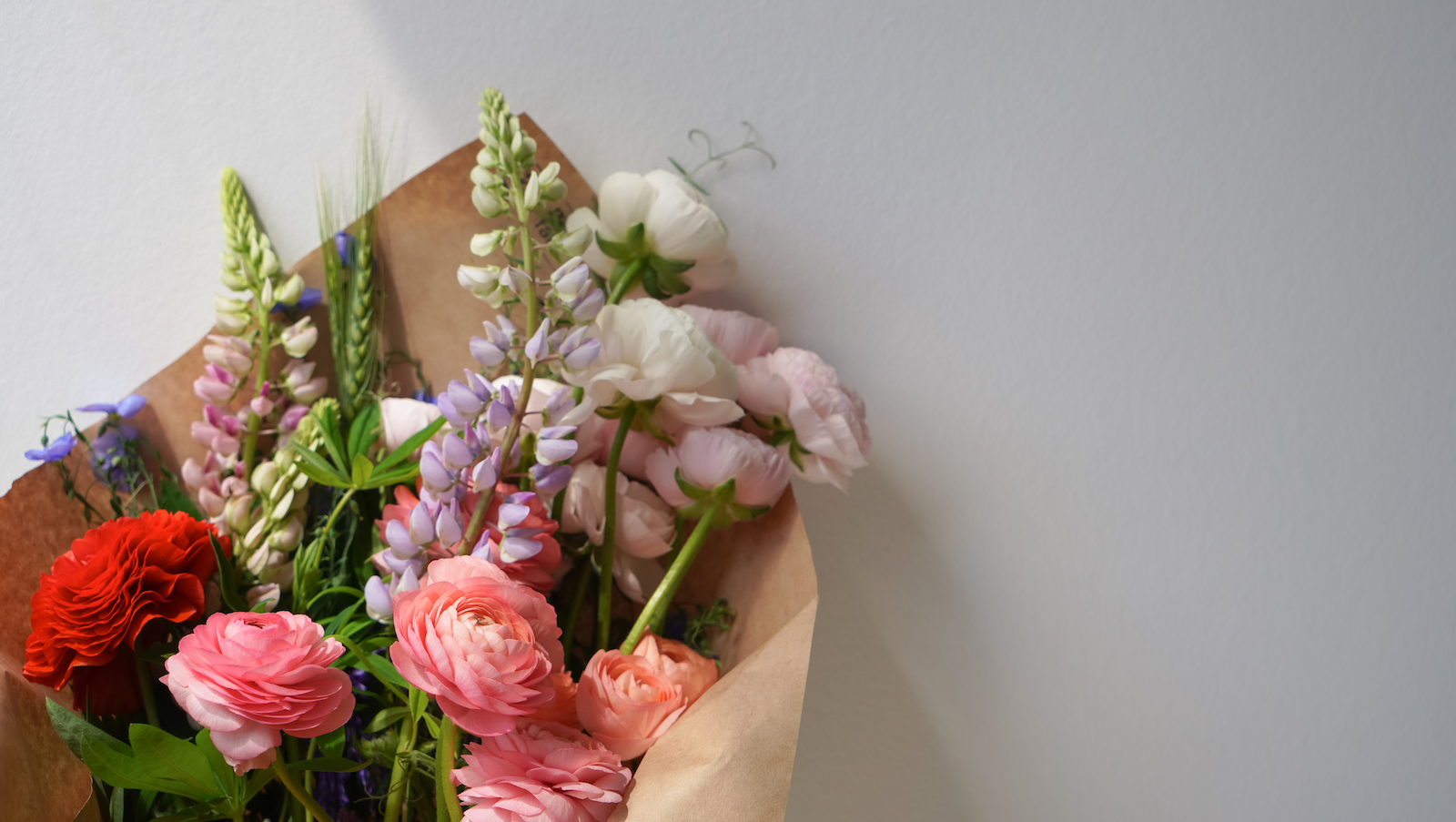

Sometimes our blooms need a little extra TLC, and a flower frog can assist with a show-stopping display.
Not only will your petals look fresher for longer, but they'll better access the hydration they need with this nifty accessory. The Groupcow round flower frog on Amazon is perfect for the job and less than $17. Our experts reveal how to use this genius hack to keep your beautiful bouquet going for longer.
If you're planning on cutting stems from your small garden this spring and summer, consider a flower frog to make your arrangement pop.
What is a flower frog?
With a brilliant little flower frog, you'll learn how to arrange flowers like a pro. This spiky round device sits at the bottom of a vase or container, and keeps your flower stems secure as you start arranging your bouquet.
"It allows you to couple tall stems with short stems and create designs with movement and air," Hannah Bonham Blackwell, co-founder of Southside Blooms, says of the tool. "It’s reusable and usually made of metal, clay, or glass and comes in many different sizes."
If you have your heart set on working with bowls, this is still the perfect accessory, as they come in all sorts of sizes and shapes.
We particularly like the budget-friendly Groupcow round flower frog on Amazon for its durable materials and the great reviews it's received. One shopper, who'd previously tried tape and chicken wire to arrange their flowers, said this item was "incredibly easy" to use, whilst another said it outperformed the one they'd used recently in a professional flower arranging class.
Join our newsletter
Get small space home decor ideas, celeb inspiration, DIY tips and more, straight to your inbox!
Music to our ears!
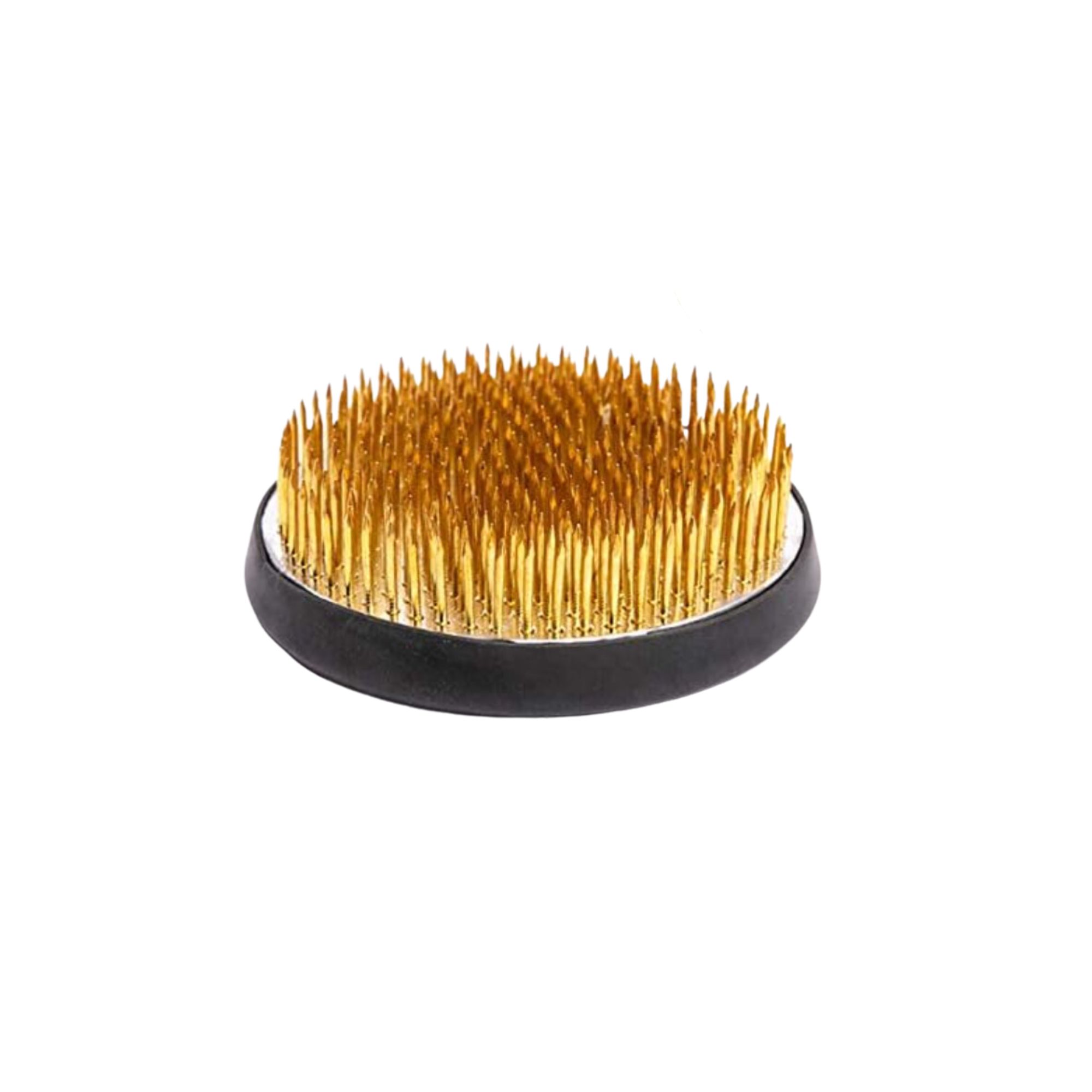
Price: $16.39
Size (in.): W3.3 x H1.1
This highly-rated flower frog has more than 330 copper needles to help keep your stems firmly in place, while the steel base is sturdy, and rubber edging will stop it cracking your vase. We love that copper is the material of choice here, as it has natural anti-bacterial properties, which will help keep your flowers fresher for longer.
"Frogs are great for low bowls where other mechanics such as flower foam or chicken wire and tape would not work to keep your flowers in place," says Ines Garstecki, the owner and floral designer at Flowermaid.
What's more, this device acts as a base, helping flowers access the hydration they need, which in turn keeps them alive longer. We can't say no to our favorites hanging around an extra few days.
"I would always consider flower frogs mainly from a sustainability standpoint," says Ally Poer, founder and designer at Allyflower Studio. "Additionally, it is a secure way to have your arrangement hold up without worrying as much, versus without a mechanism."
Another bonus? A flower frog makes for a great housewarming gift, especially for your green-thumbed friends.
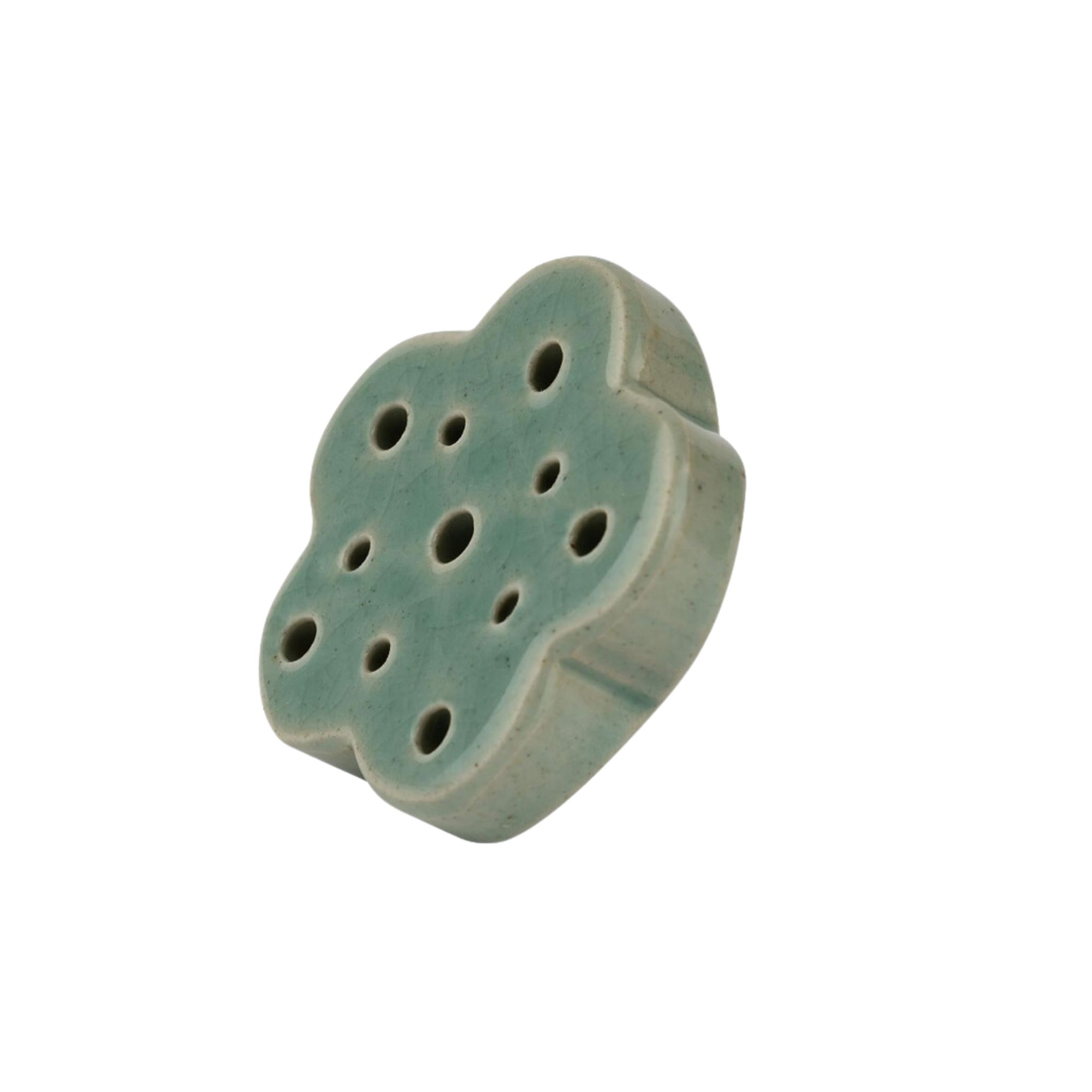
Price: $24
Dimensions (in.): 2.76
Not quite feeling the spikes, or wanting something more visually pleasing in your clear vase? This eco-friendly ceramic flower frog is also a good fit for keeping incense sticks in place. Holes range from 0.2" to 0.32", making it suitable for smaller-stemmed flowers, whilst the clay itself has been twice blasted at high-temperatures for extra durability.
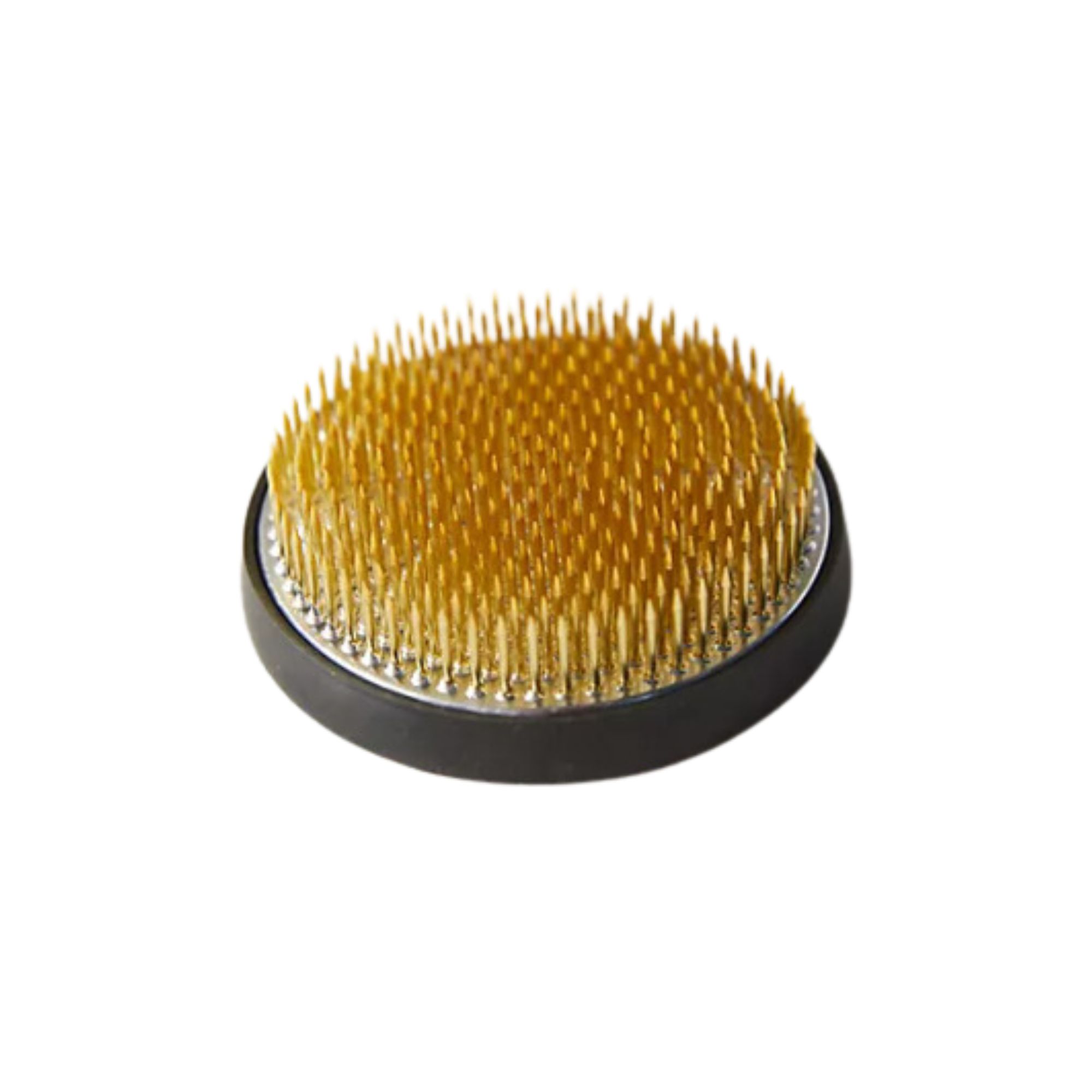
Price: $30
Dimensions (in.): 3
Instead of working with floral foam, this sustainable, reusable brass flower frog works great for all of your needs. This product is sturdy enough for woody material, yet delicate enough for soft green and grass stems and shoppers remark on how well-made it is. Watch out for the spikes when handling, reviewers warn, as these are sharp.
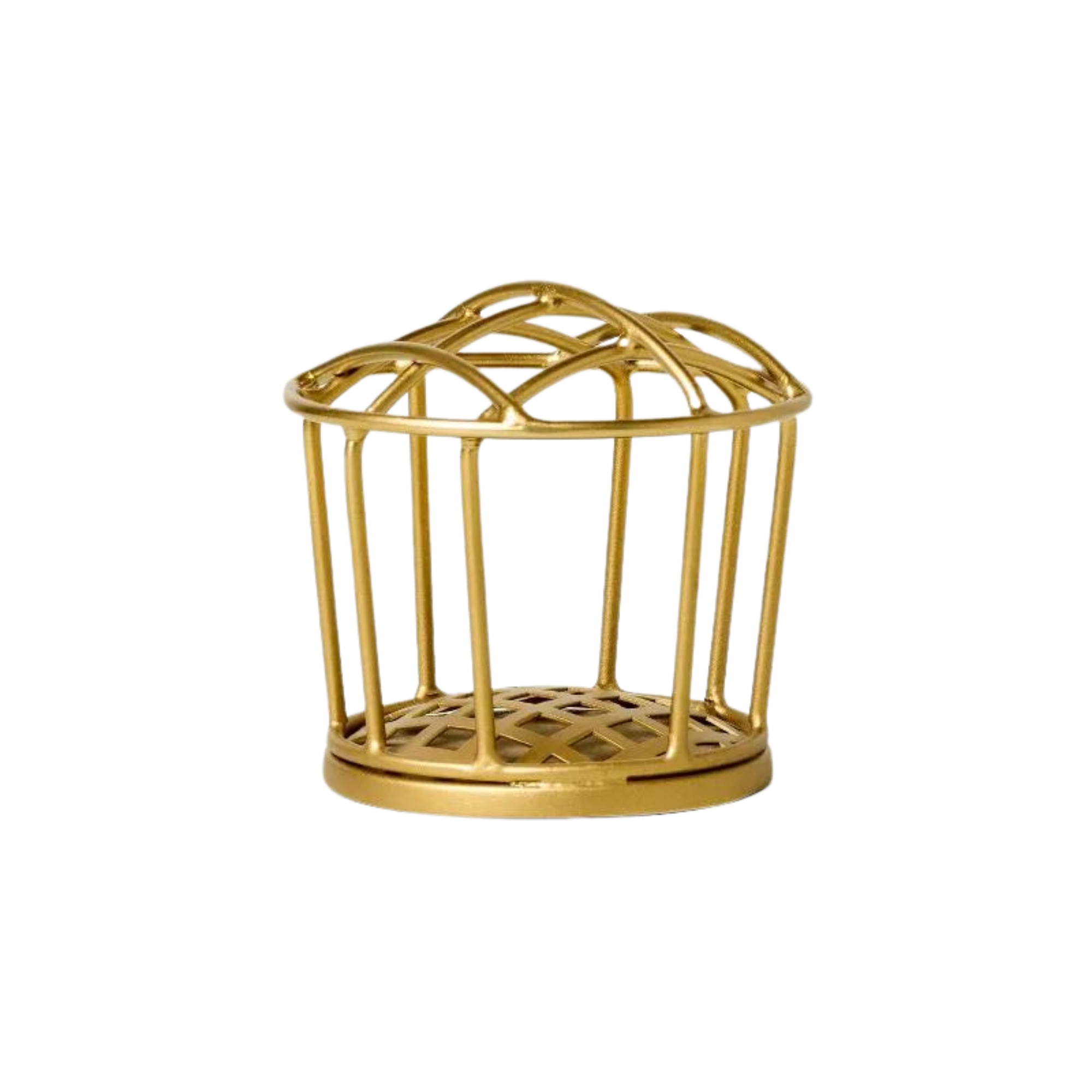
Price:
Size (inches): H2.5 x W3
This sturdy bronze-look flower frog forgoes the spikes and uses a cage structure to keep your blooms separated, and in place. It's made of iron, can be wiped clean and looks great in clear vases.
How to use a flower frog
Regardless of what you're tackling in the floral department, reap the benefits of flowers frogs with a few pointers from our pros on exactly how to use them, plus their top tips for getting the most out of yours.
Step 1: Position it
Although working with a flower frog has its perks, you'll have to get it situated to the bottom of the vase and make sure it stays there, otherwise, it won't be of much use to your floral arrangement.
"Attaching them to the base of your vessel can be tricky," Hannah admits. "You’ll want to find a good putty that can keep it secure so that the weight of the flowers doesn’t topple it over."
Quakehold! Museum Putty from Amazon is perfect because it is easy to use, removable and non-toxic, with 85% of reviewers rating it four or five stars.
"The most common flower frog that is used has sharp spikes, so it’s something that needs to be mastered through practice," Hannah adds.
You can take extra caution and wear robust gardening gloves (the buttery-soft Goatskin Gardening Gloves from Pottery Barn are thorn-resistant, durable, and come in three sizes) if you're new to the process to stop you getting pricked by the needles of your frog.
Step 2: Choose appropriate flowers
Although there are plenty of possible combos, you do have to be mindful of the florals you're planning on including in your vase or bowl.
"Frogs work best for smaller very loose and airy arrangements," Ines says. "They wouldn't work for large, tight or compact arrangements."
Step 3: Cut flowers properly
When you start snipping stems, make sure you're not being hasty and give the flowers proper care.
"Grab a pair of hand clippers and cut about an inch off every stem," says Elizabeth Daniels, floral supervisor at Blackberry Mountain. "This allows better water flow throughout the flower thus giving you more days of enjoyment! It’s easy enough to separate the blooms and foliage into usable groups and then go from there with creating a more personalized arrangement."
You can also cut the stems at an angle to increase the fresh surface area for water uptake.
Meet our experts
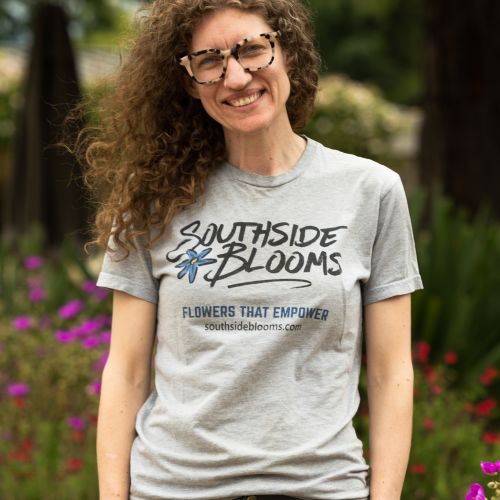
Hannah Bonham Blackwell is lead creative and co-founder of Southside Blooms, a floral social enterprise that provides jobs to at-risk youth by turning blighted inner city Chicago lots into sustainable flower farms. Southside Blooms provides monthly flower subscriptions, and floral decor for weddings and other special events.
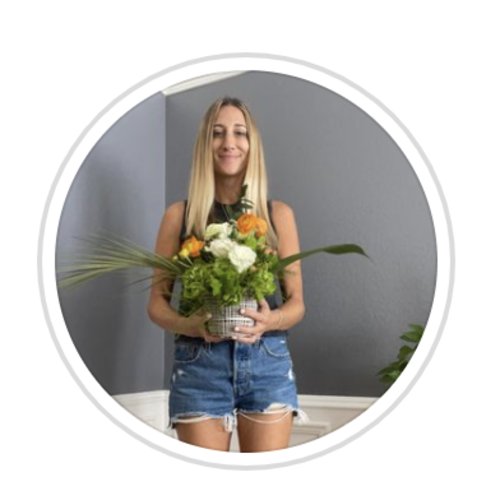
Ally is the founder of Allyflower Studio in Austin, Texas and an independent floral designer and runs related group workshops in the area.
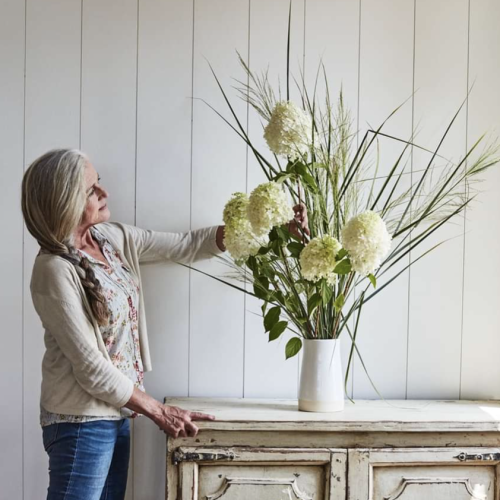
Elizabeth Daniels is the floral supervisor at Blackberry Mountain, a five-star Relais & Châteaux resort in the Great Smoky Mountains of East Tennessee. Before overseeing the floral team at Blackberry Mountain, Elizabeth served at the Mountain's sister resort, Blackberry Farm.
Ines is the owner and floral designer at Flowermaid, a boutique floral design studio offering flower creations for weddings and events. She's also styled florals for TV shows like Palm Royale and Hacks.
Can't stand the thought of saying goodbye to your favorite blooms? We can't blame you. We asked the pros for advice on how to dry flowers, and we've scoured dried flower arrangements for inspo.

Pleasure to meet you! I'm Danielle, a content editor at Real Homes who loves scoping out interior trends. I've specialized in lifestyle writing and editing for 10 years with a focus on events, food, and books, among other areas. When I'm not working, I'm usually cooking, reading, or searching for a new project for my apartment.
-
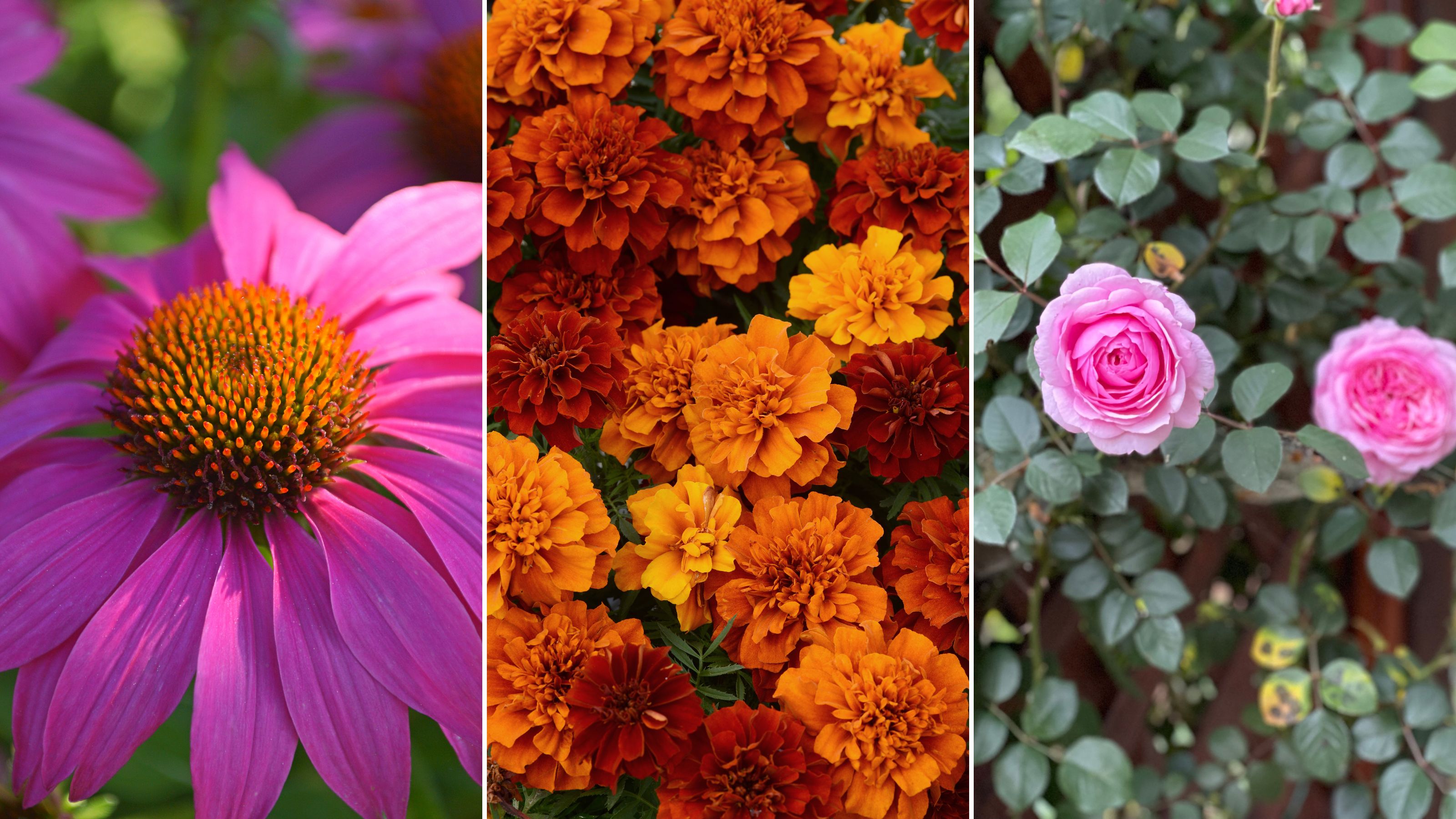 The 7 flowers to plant in August, according to gardening gurus
The 7 flowers to plant in August, according to gardening gurusKnowing what flowers to plant in August isn't always so clear-cut. But that's why we called in help from pro planters — here's what they said to pot.
By Becks Shepherd Published
-
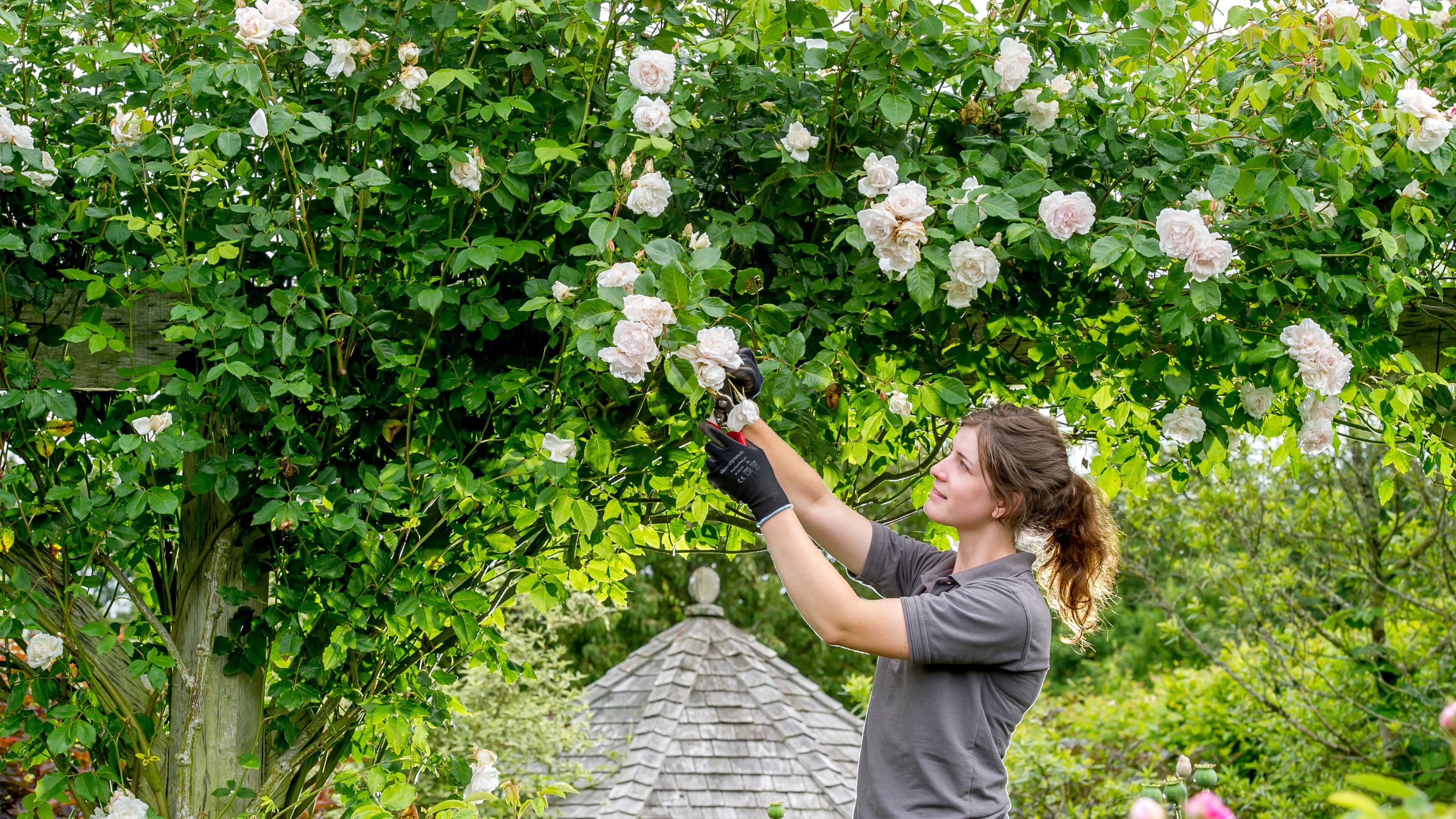 The 7 plants to prune in August — and the 2 pieces of greenery you shouldn't touch
The 7 plants to prune in August — and the 2 pieces of greenery you shouldn't touchWondering what plants to prune in August? We asked a gardening expert for their top tips plus info on what pieces of greenery to avoid pruning this month
By Becks Shepherd Published
-
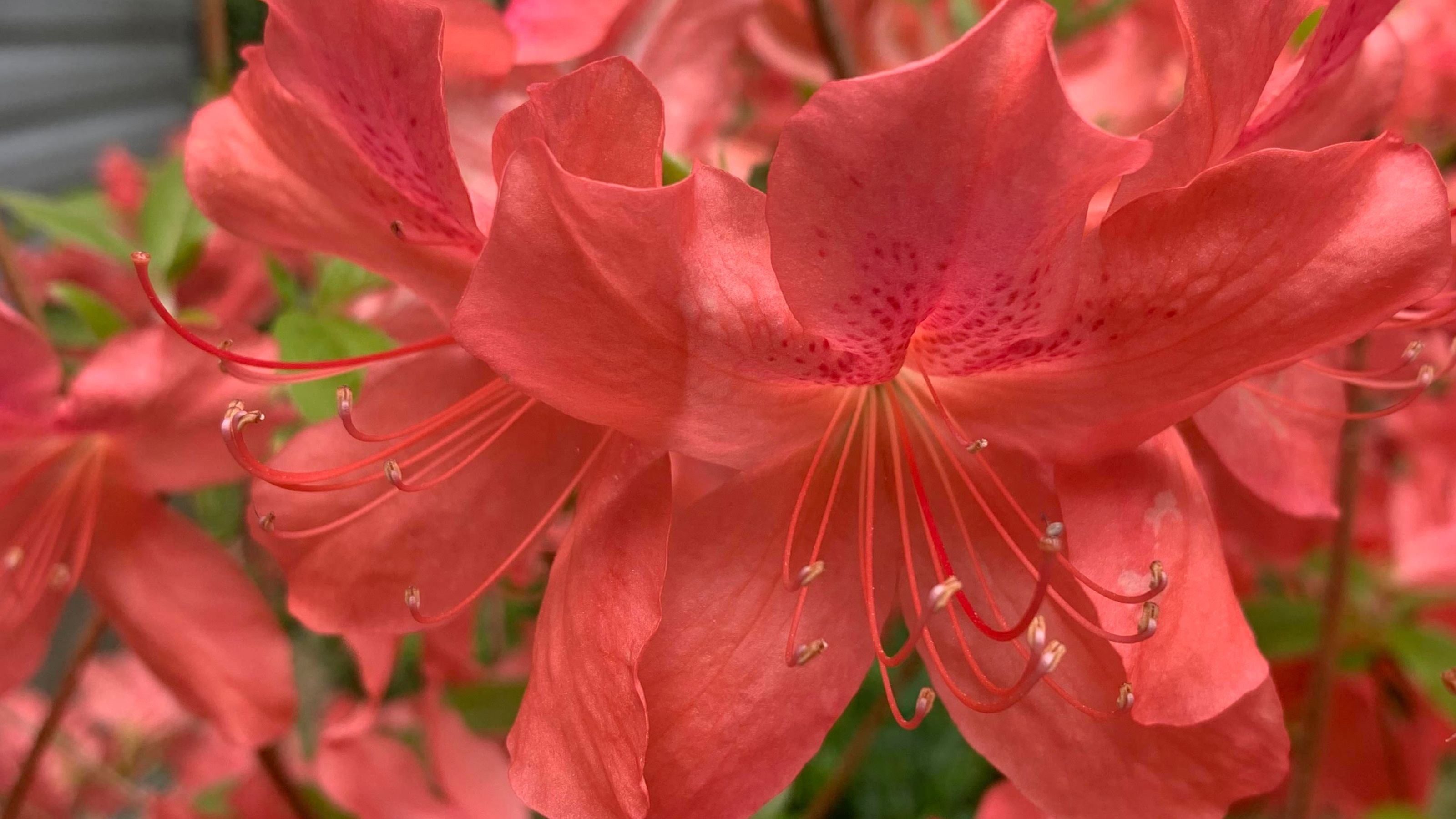 Do you need to deadhead azaleas? Top tips for pruning these flowering shrubs
Do you need to deadhead azaleas? Top tips for pruning these flowering shrubsWondering whether you need to deadhead azaleas? We asked a gardening expert for their top tips for looking after these blooms
By Becks Shepherd Published
-
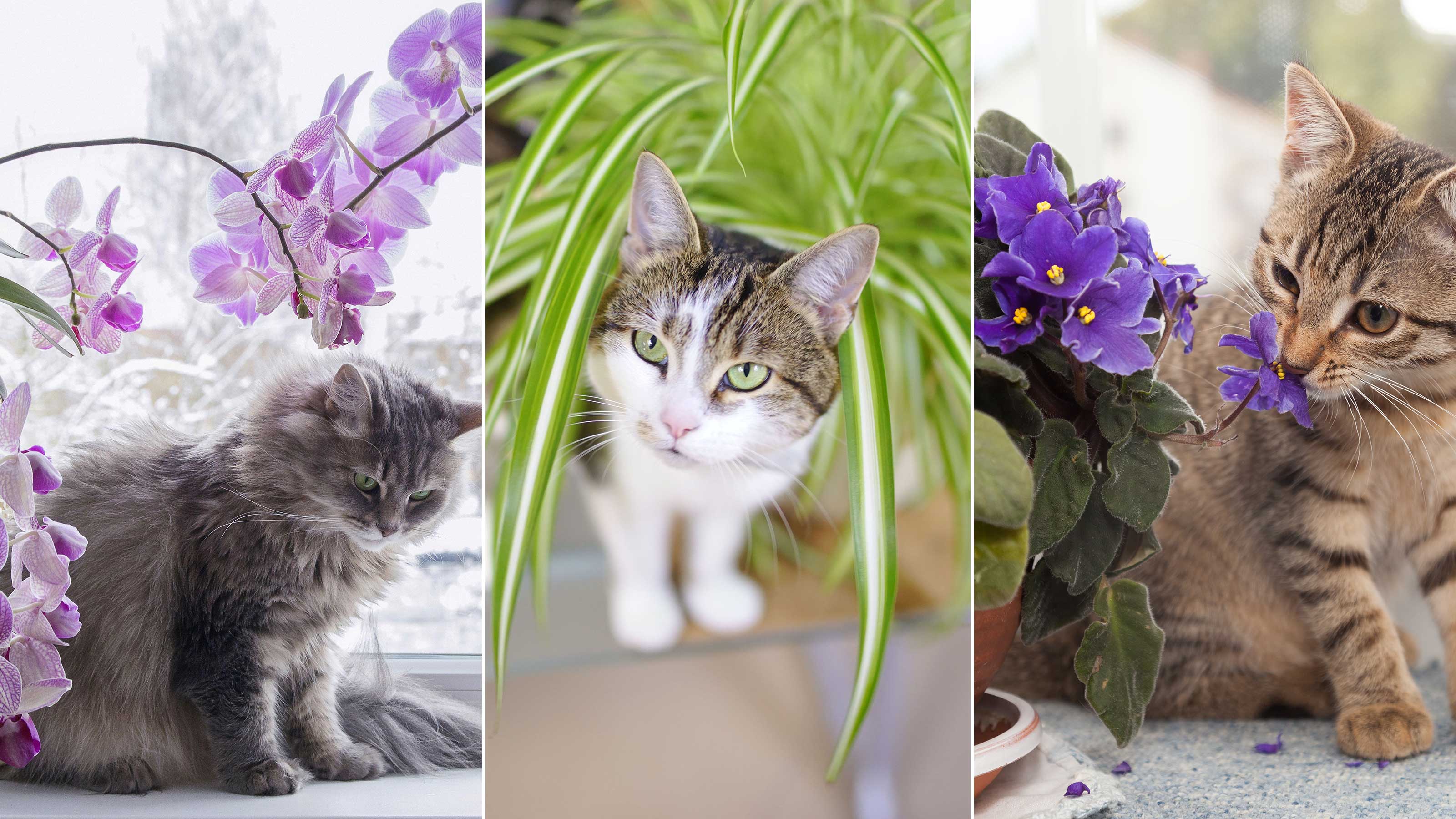 10 houseplants that are not toxic to cats — plus expert advice on keeping your pets safe
10 houseplants that are not toxic to cats — plus expert advice on keeping your pets safeKeep your four-legged companion safe by choosing these houseplants that are not toxic to cats, and learning the dangers of those that are, according to veterinary experts
By Holly Crossley Published
-
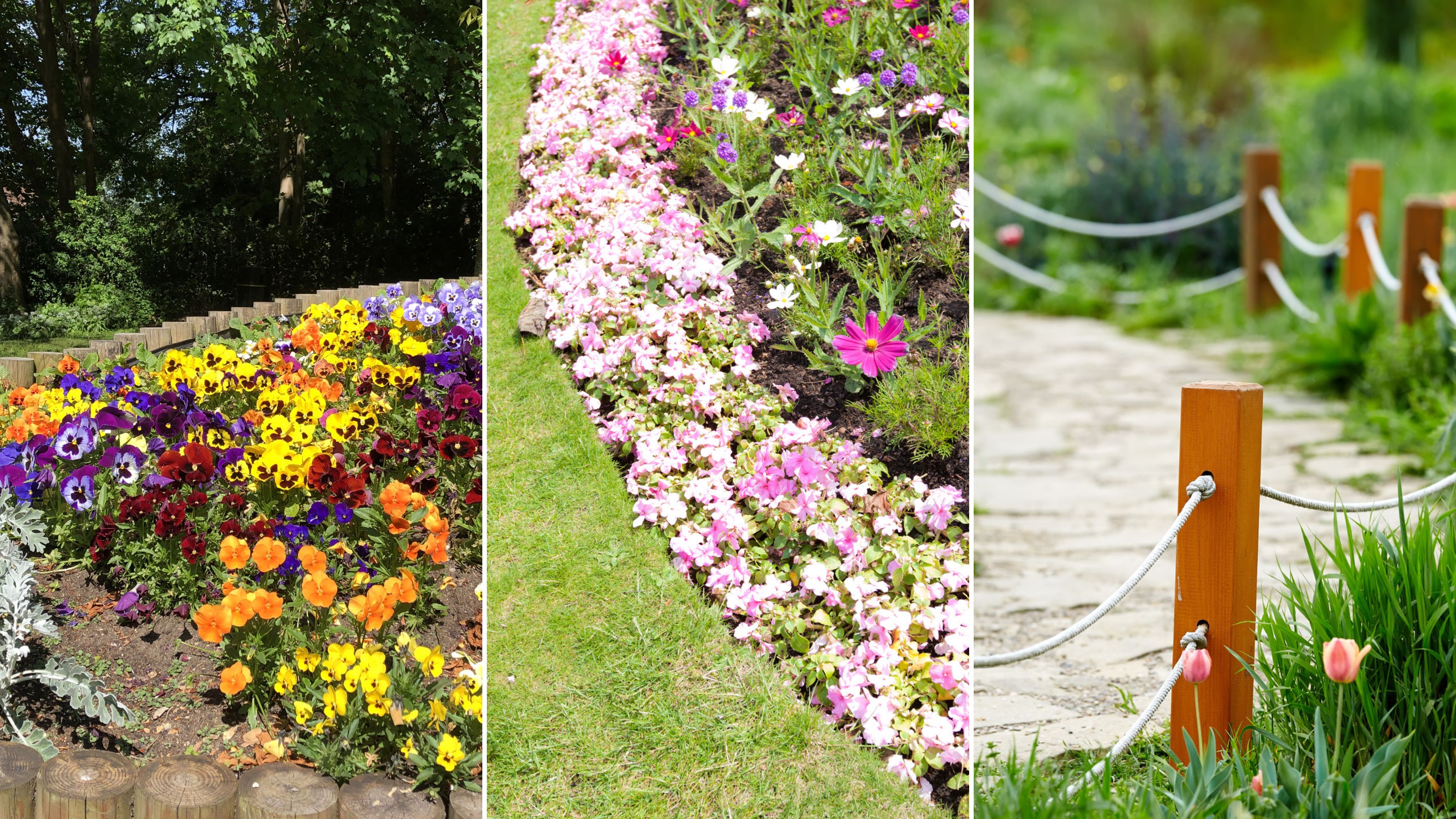 14 lawn edging ideas that will add definition and style to your backyard
14 lawn edging ideas that will add definition and style to your backyardWant to neaten up your lawn with lawn edging ideas? From fresh flowers to laidback bricks, we've scouted out materials and styles that look brilliant
By Eve Smallman Published
-
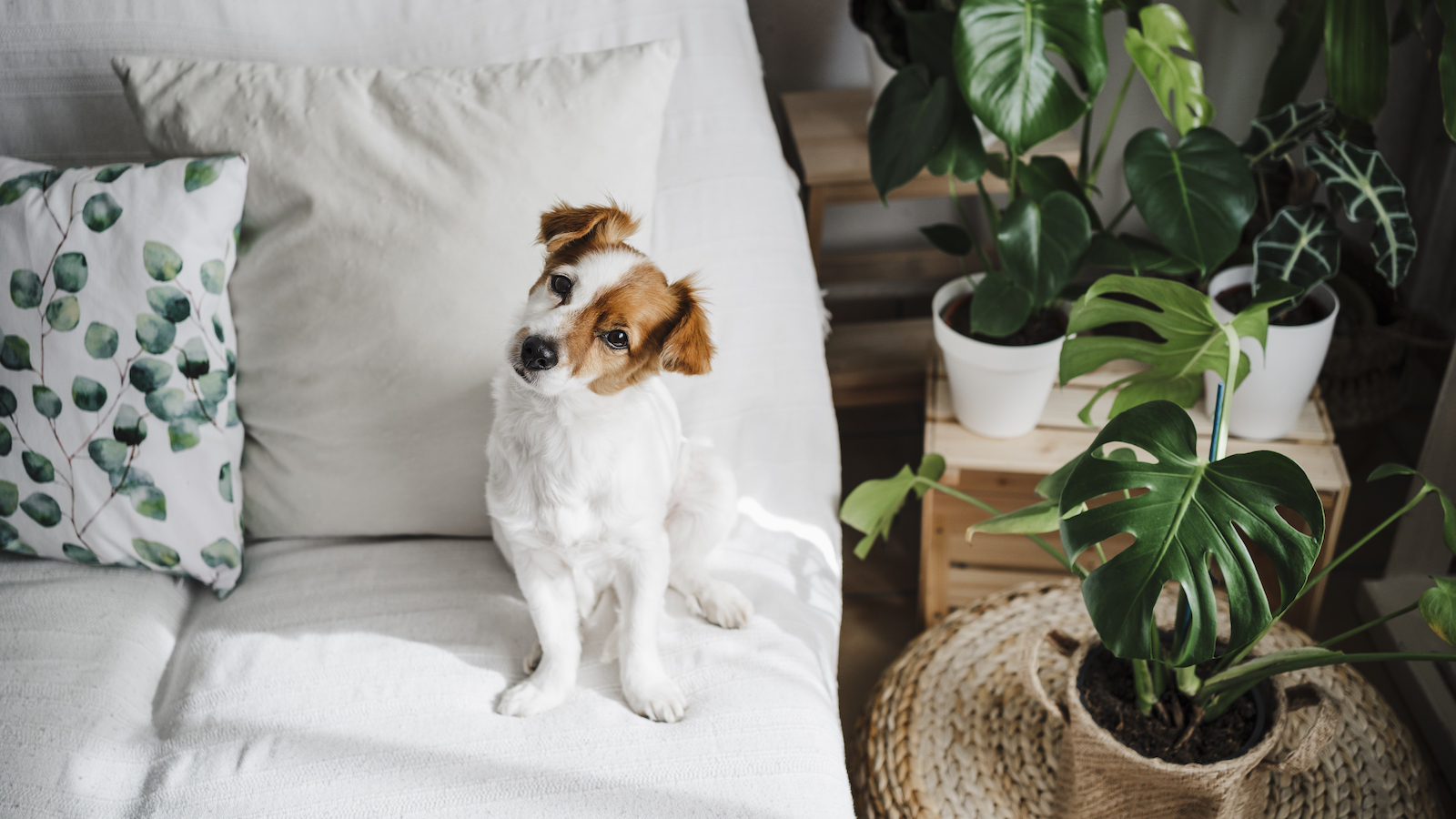 Which houseplants are toxic to dogs? Vet experts pinpoint problem plants and solutions
Which houseplants are toxic to dogs? Vet experts pinpoint problem plants and solutionsWondering Which houseplants are toxic to dogs? We spoke to vets about the problematic leafy greens, what they trigger in dogs, and how to find a solution
By Danielle Valente Published
-
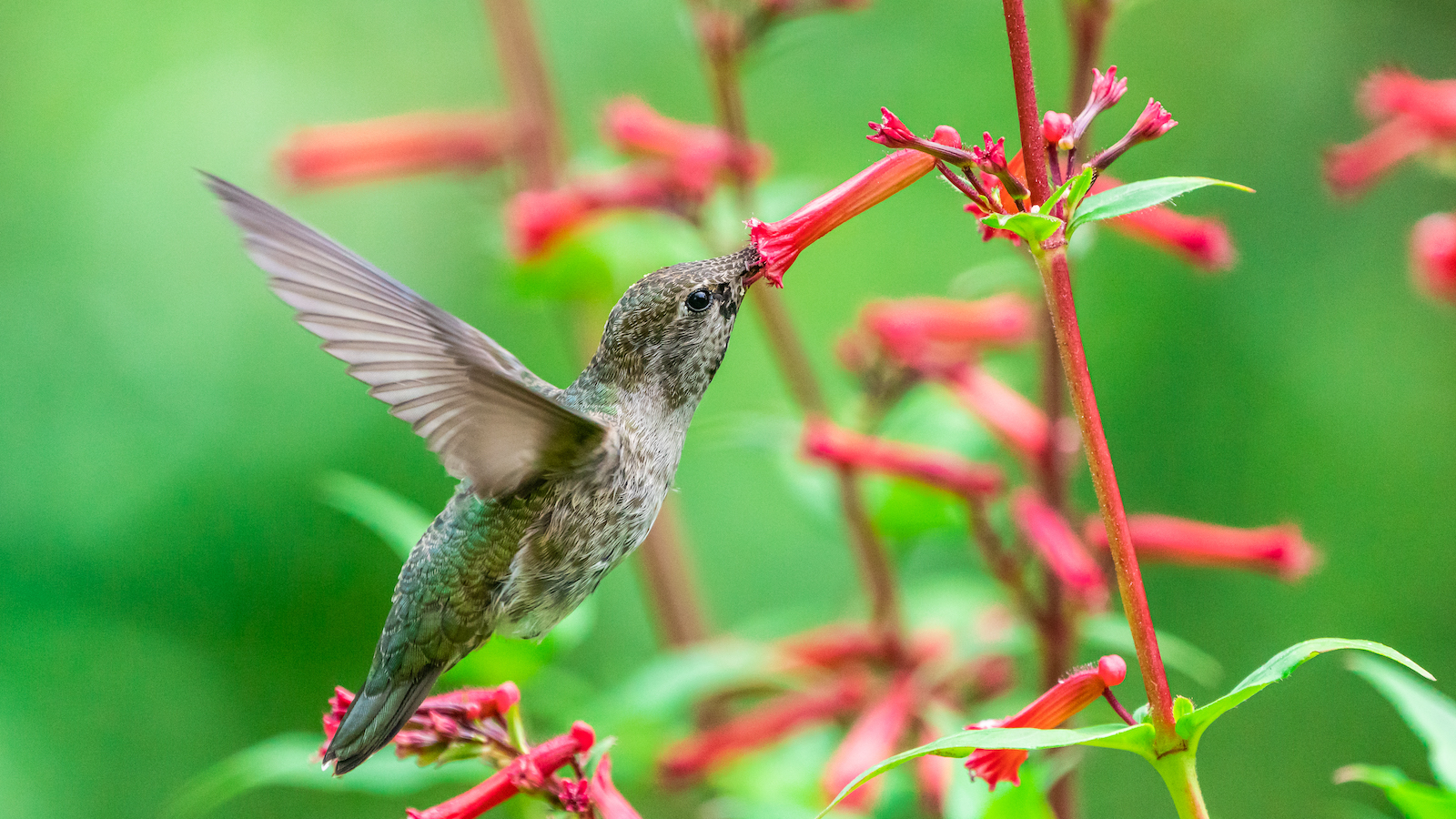 How to attract hummingbirds to your backyard, according to ornithologists
How to attract hummingbirds to your backyard, according to ornithologistsTrying to figure out How to attract hummingbirds to your backyard? These ornithologist-backed tips will guarantee you visitors in no time
By Danielle Valente Published
-
 Does hydrangea bloom every year? Pros spill the dirt on the "garden favorite" and when to expect it
Does hydrangea bloom every year? Pros spill the dirt on the "garden favorite" and when to expect itWondering, "Does hydrangea bloom every year"? We asked the pros all about the garden favorite and how often to expect them — here's the dirt.
By Danielle Valente Published